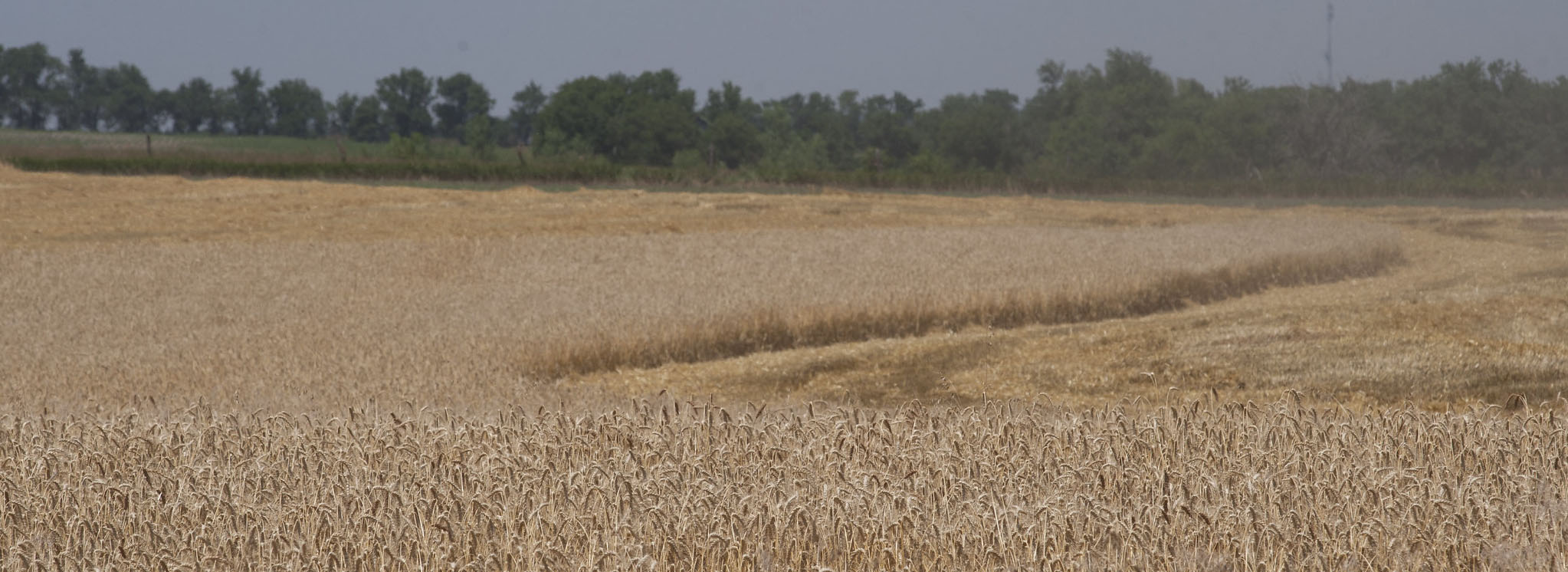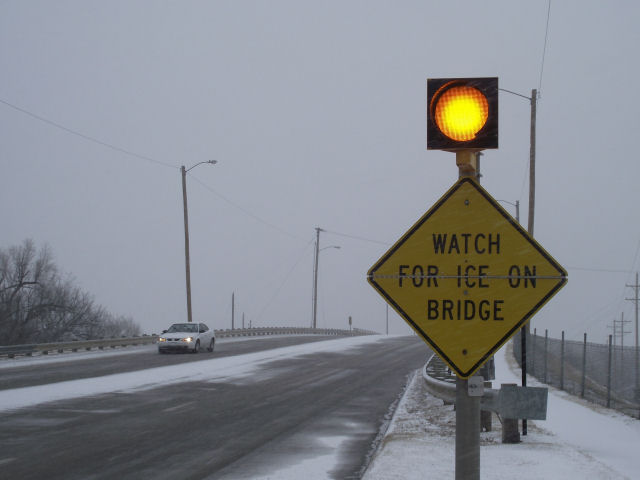In a continuing effort to monitor the prevalence and spread of chronic wasting disease (CWD) in Kansas deer, the Kansas Department of Wildlife, Parks and Tourism (KDWPT) has collected and tested samples from 360 deer so far this year. Thirty-seven of those samples were confirmed positive. The targeted region for sampling deer taken by hunters this year was southwestern Kansas. However, sick or suspect deer observed in other parts of the state were also tested, and KDWPT recommends that hunters who take deer in counties where CWD is known to occur have their deer tested, as well.
The 37 confirmed positives came from deer taken in Cheyenne, Rawlins, Decatur, Norton, Phillips, Smith, Thomas, Sheridan, Gove, Rooks, Osborne, Scott, Lane, Hamilton, Haskell, Hodgeman, Ford, Edwards, Stafford, Reno, and Pratt counties. While most positives are still coming from northwest Kansas, new counties were added to the list this year, including several that show the disease’s spread to the south and east – Haskell, Edwards, Pratt, Osborne, and Reno.
Testing History
CWD infects members of the deer family, including whitetail and mule deer, elk and moose. CWD testing in Kansas began in 1996 to help track the occurrence of the disease in the state’s wild deer, and more than 28,000 tissue samples have undergone lab analysis since. The first CWD occurrence documented in a wild Kansas deer was a whitetail doe killed by a hunter in 2005 in Cheyenne County. To date, 216 deer have tested positive, and most have occurred in a region that includes Decatur, Rawlins, Sheridan and Norton counties.
Current Research
Although research about the disease is ongoing, currently there is no cure, vaccine or other biological method of preventing CWD. And while recent news has reported a potential vaccine based on research that indicated the disease may be caused by spiroplasma bacteria, attempts to duplicate that research have been unsuccessful, and many CWD researchers remain skeptical of the findings. Currently, the only tool to prevent the spread of CWD is to restrict the transport of deer and deer carcasses, especially from areas where it is known to occur. Once the infective particle (a mis-folded protein called a prion) is deposited into the environment – either through an infected carcass or from a live animal – it may exist for decades or more, capable of infecting a healthy deer.
While CWD is always fatal to infected deer and elk, humans have never been known to contract the disease. CWD is a member of the group of diseases called transmissible spongiform encephalopathies (TSEs). Other diseases in this group include scrapie in sheep and goats, bovine spongiform encephalopathy (BSE or mad cow disease) in cattle, and Creutzfeldt-Jakob disease in humans.
The Disease
CWD is a progressive, fatal disease that results in small holes developing in the brain, giving it a sponge-like appearance under the microscope. While deer may carry the disease for up to two years without showing any outward signs, in latter stages a deer may exhibit decreased brain function and display a droopy head, staggering, loss of appetite, and a lack of response to people. It is advised that hunters who take deer from areas where CWD has been found have their deer tested whether or not they exhibited any symptoms. KDWPT staff ask that any sick deer or elk observed with symptoms listed above be reported to the nearest KDWPT office or the KDWPT Emporia Research and Survey Office, 620-342-0658.
Hunters can help protect the health of the Kansas deer herd and slow CWD’s spread by properly disposing of deer carcass waste. The best way is to bone the deer out in the field, taking only the meat, antlers with skullcap and hide. Online electronic check-in is available to allow hunters to transport boned out deer taken with whitetail antlerless permits. If this is not possible, dispose of carcass waste by double-bagging it and taking it to a landfill. Landowners can also bury carcass waste on their own property.
The Chronic Wasting Disease Alliance, www.cwd.info.org, maintains an online clearinghouse of information about the disease. More information is also available at www.ksoutdoors.com.



